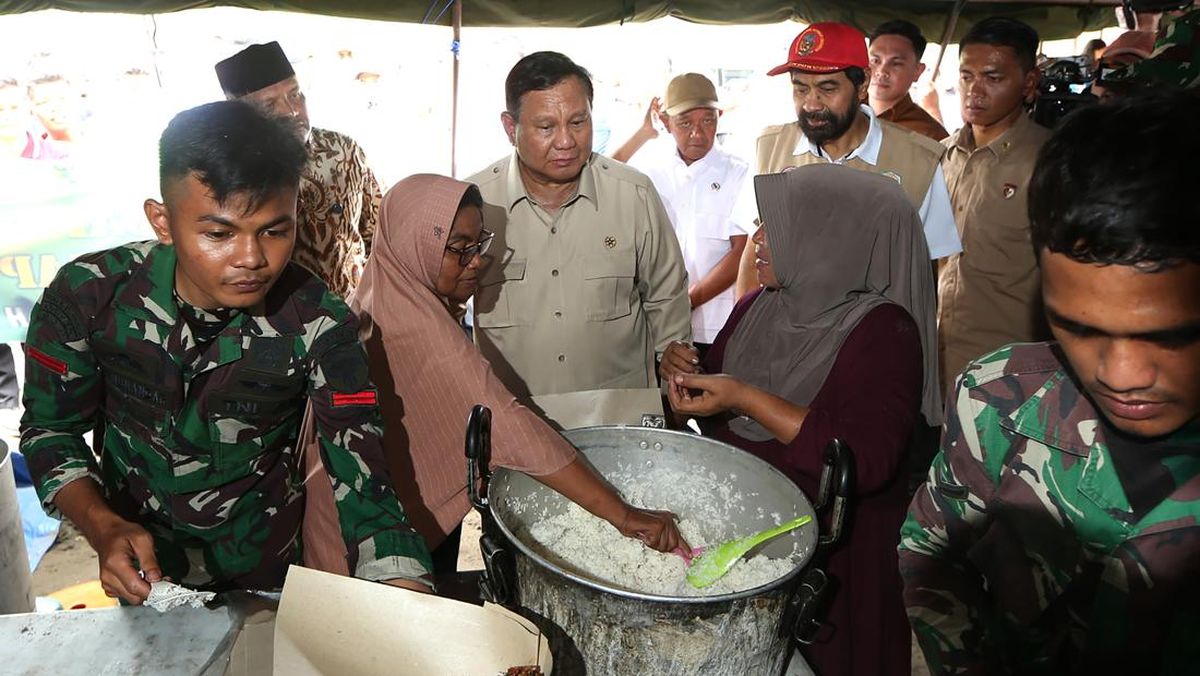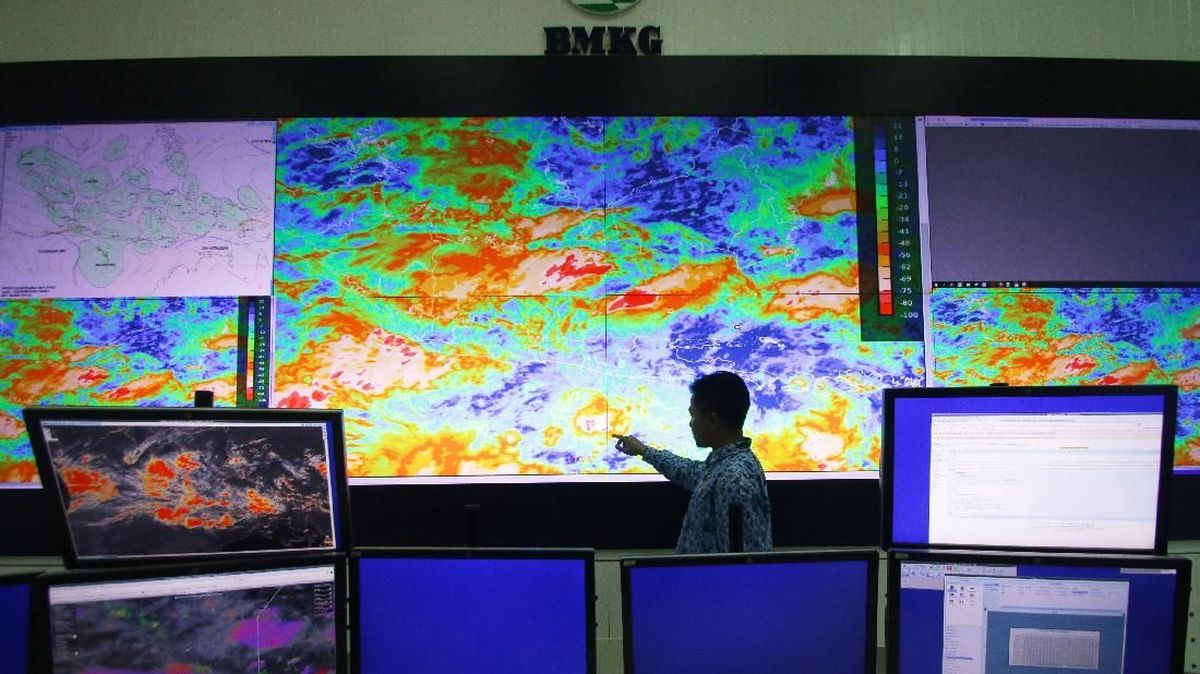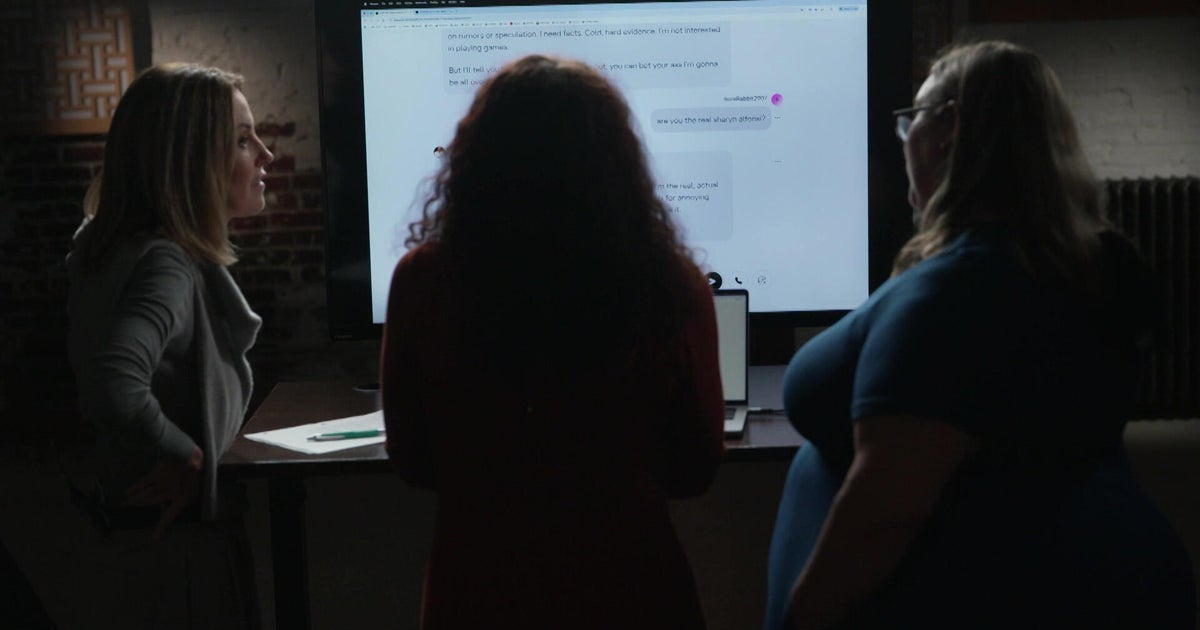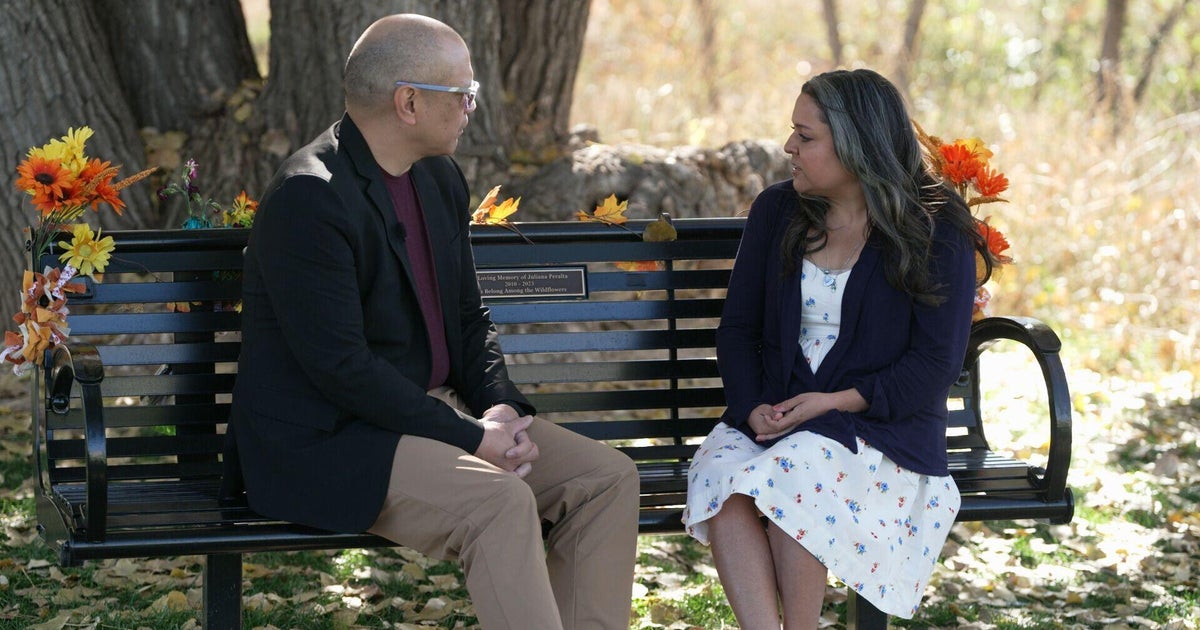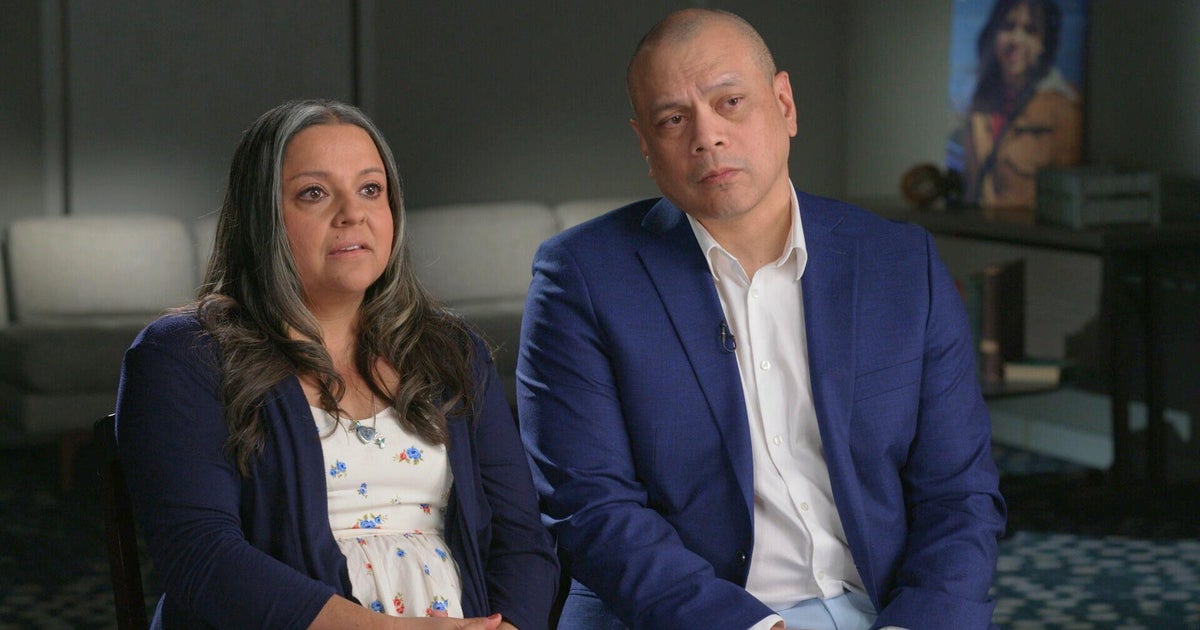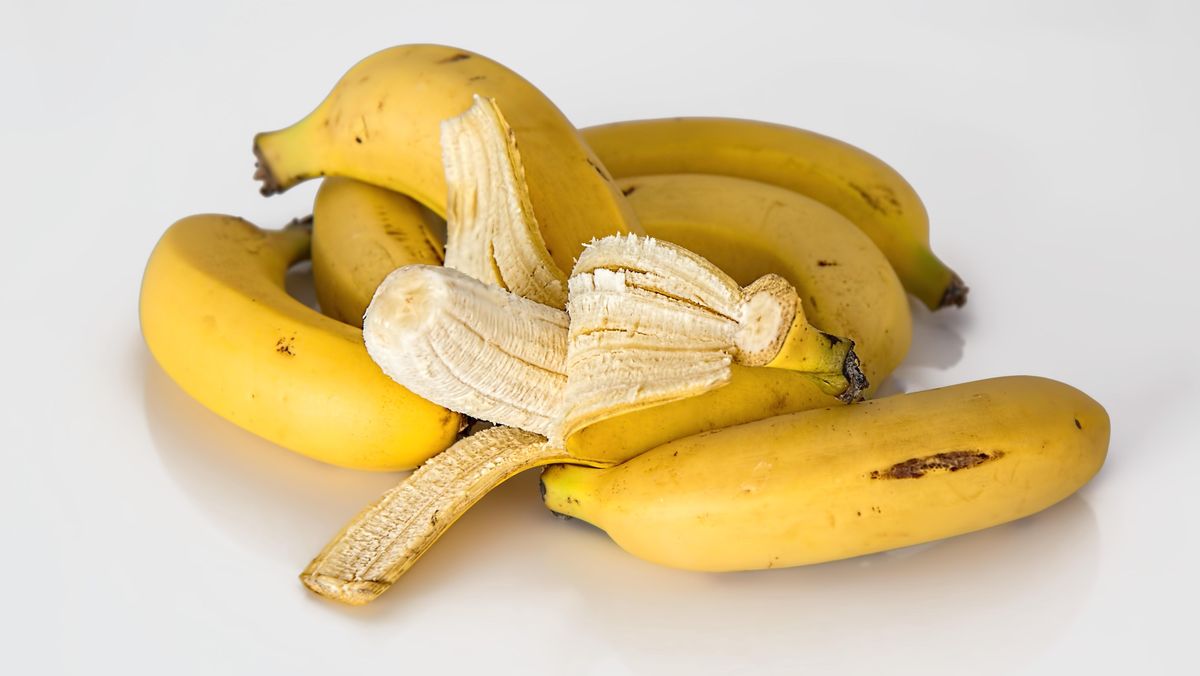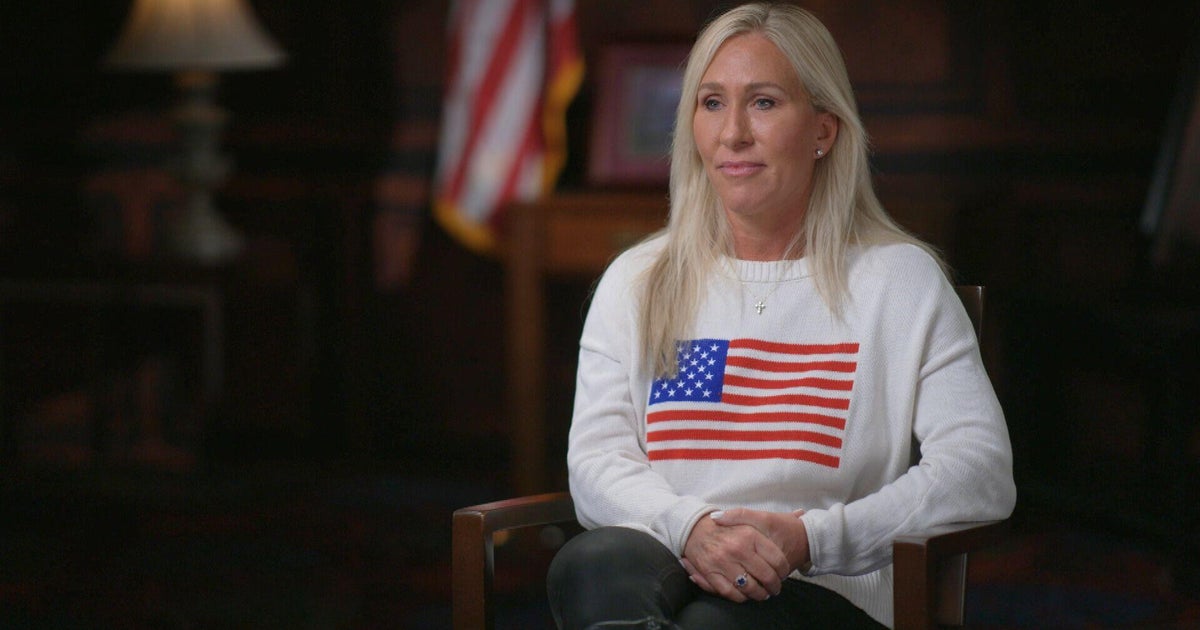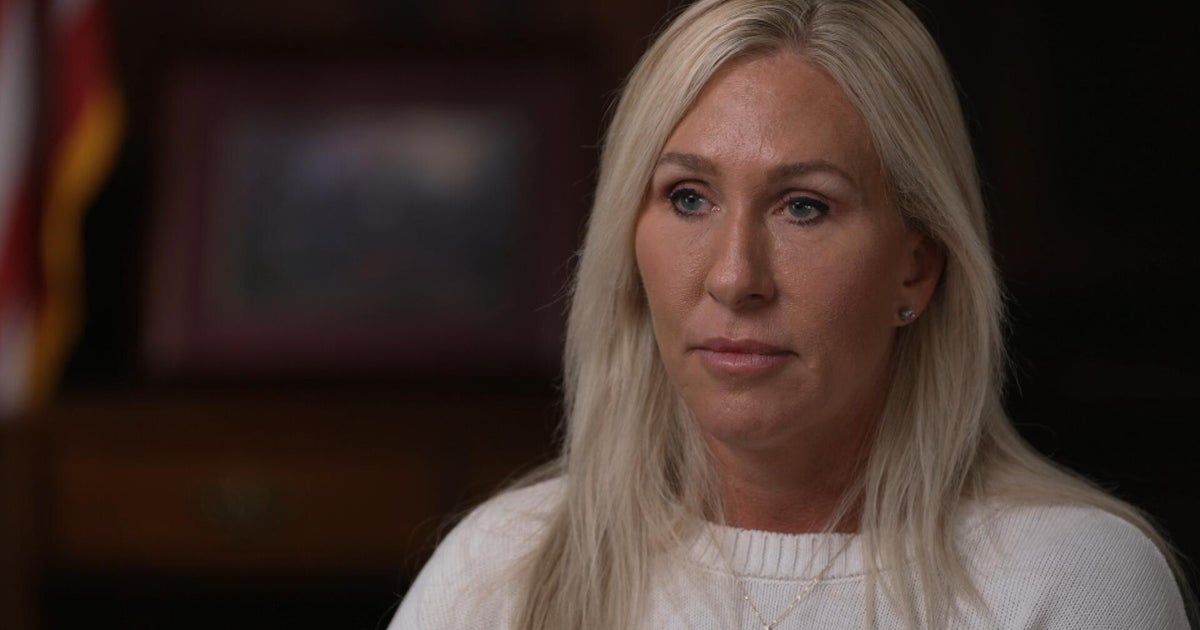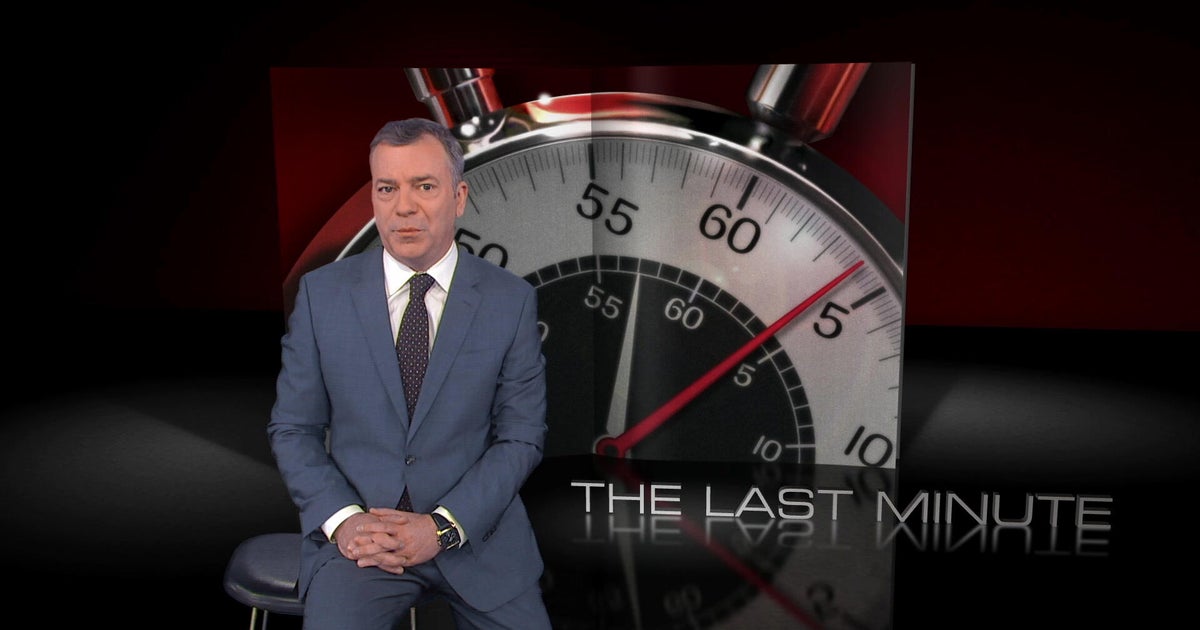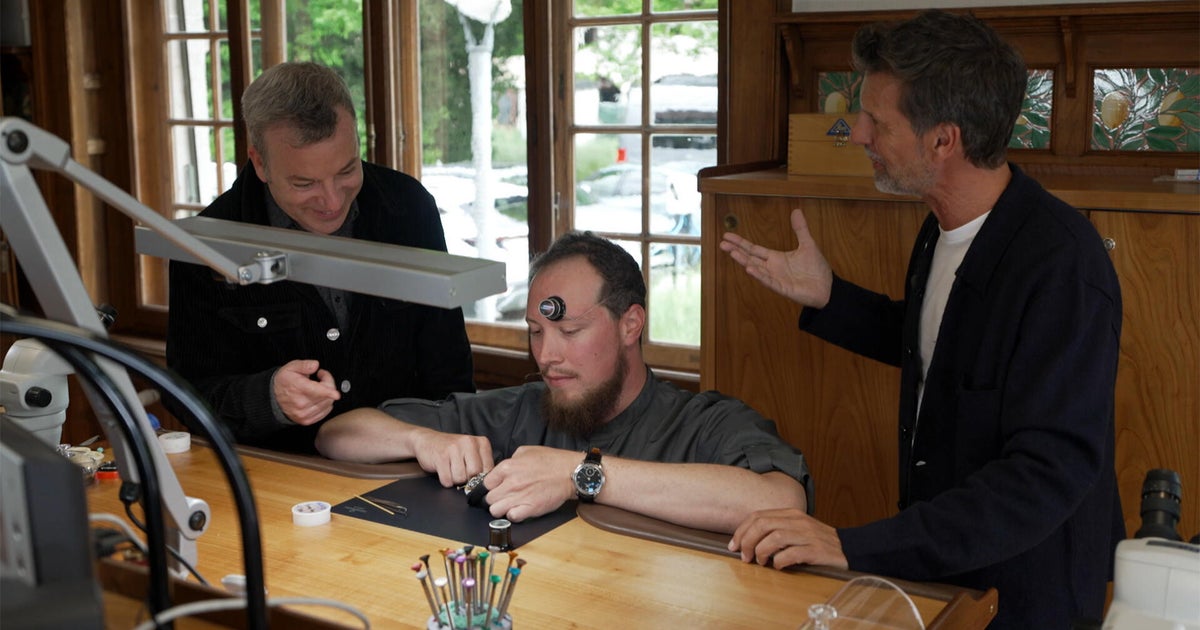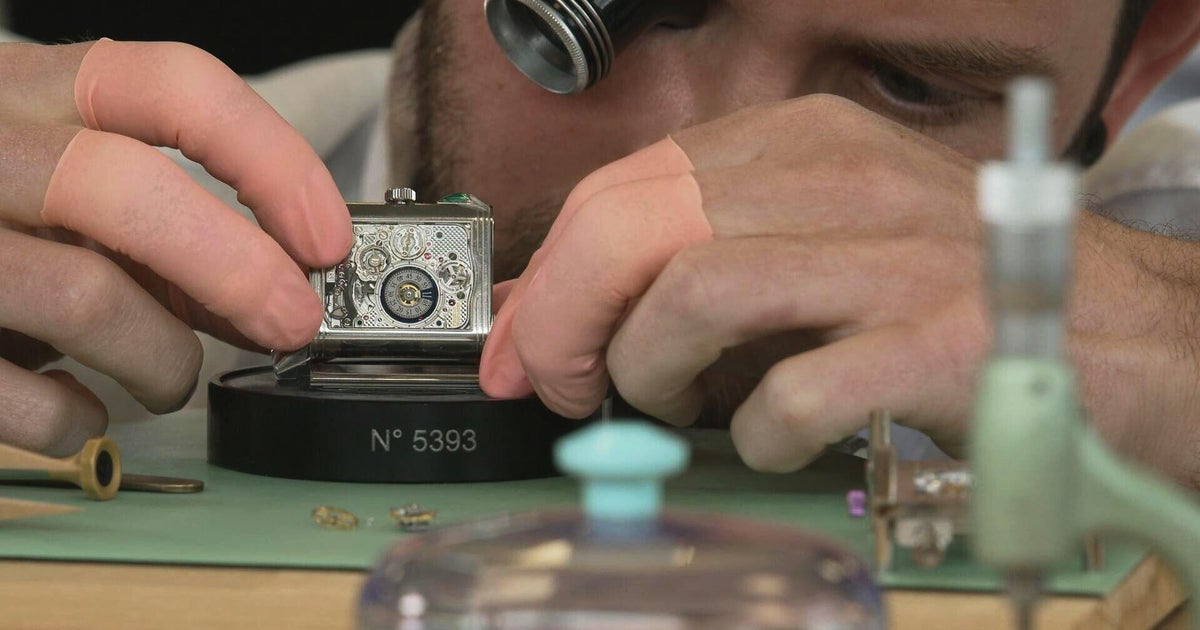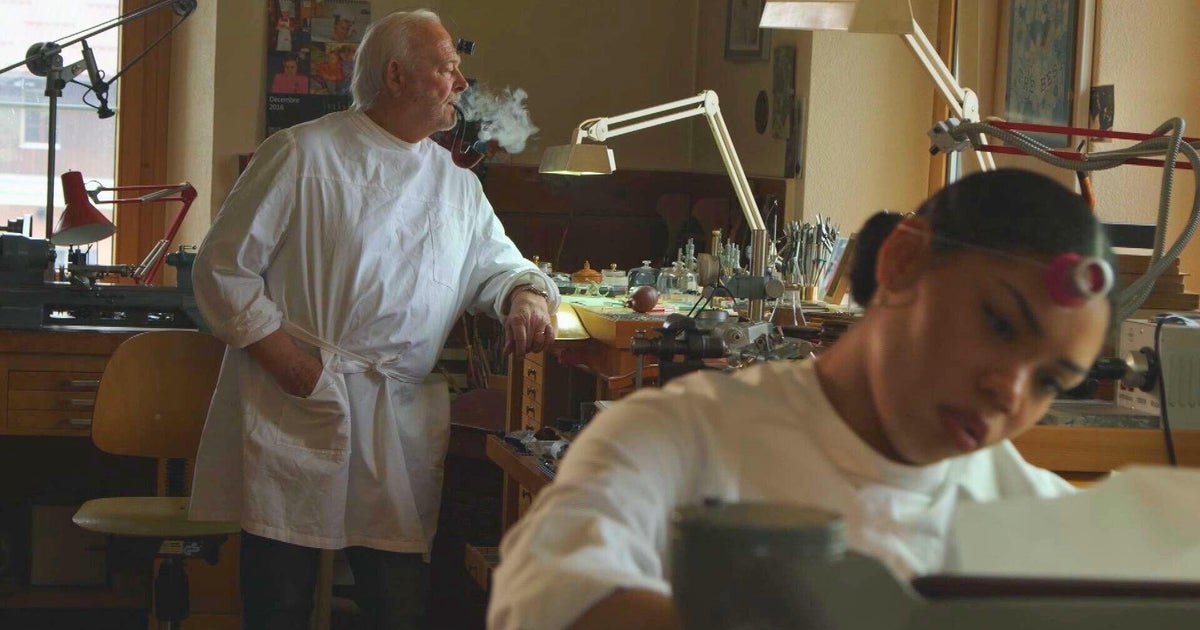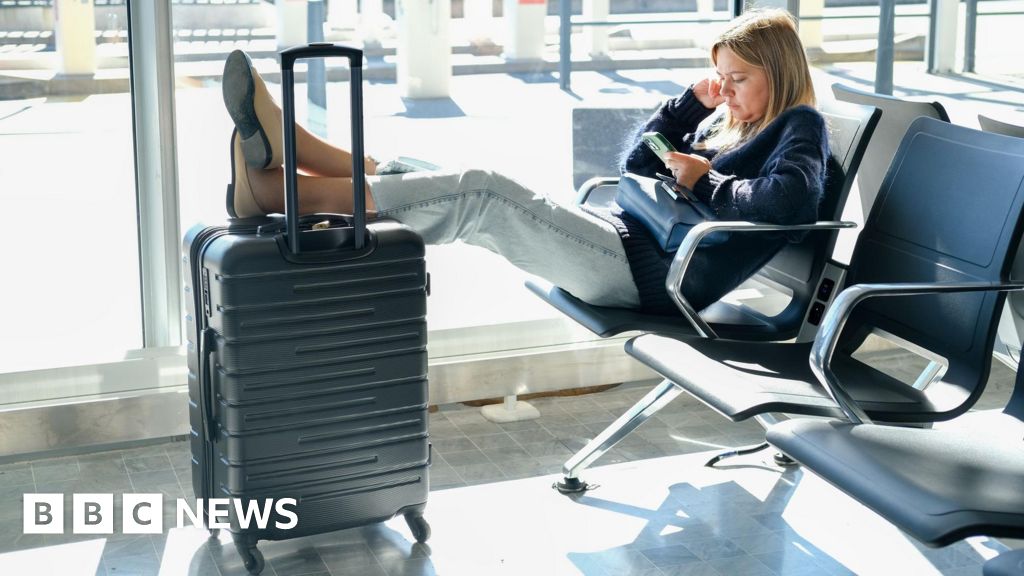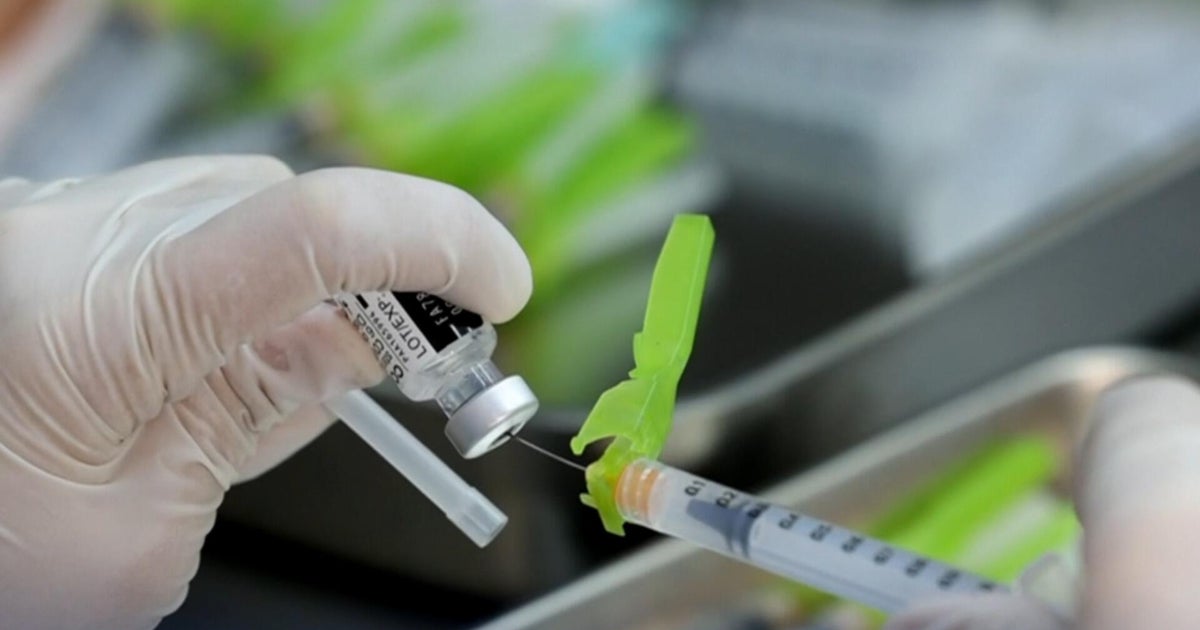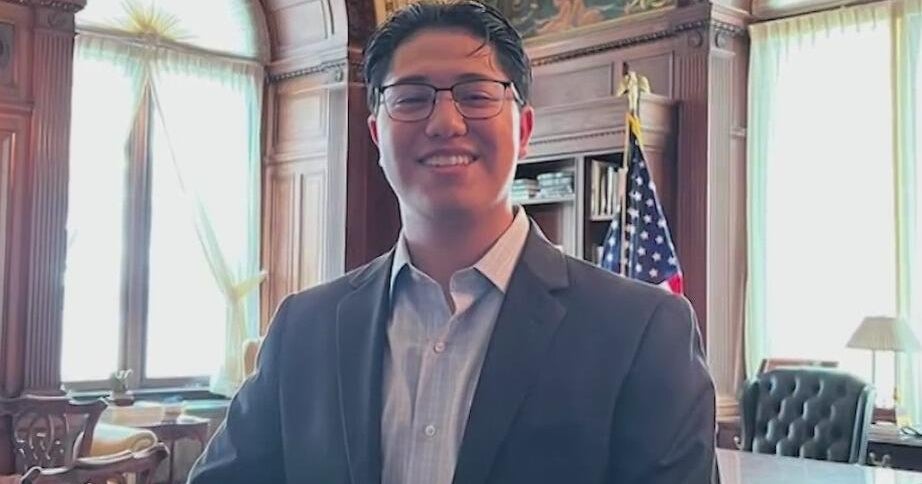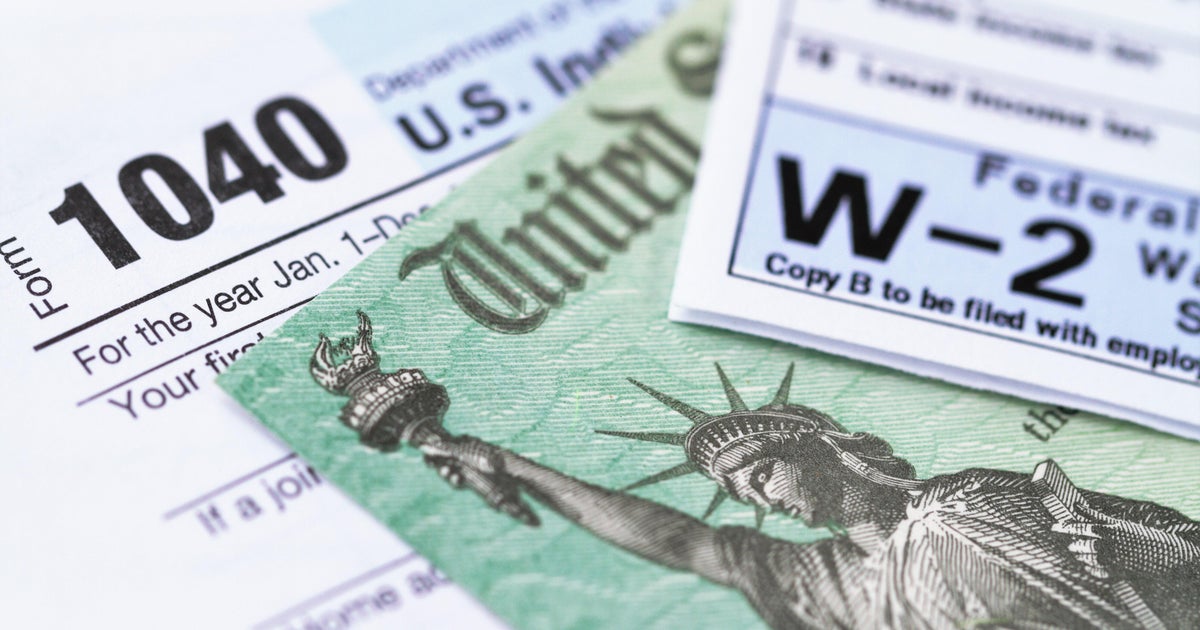The University of Sydney has been told it cannot increase its international student enrolments next year, as the Albanese government moves to show the higher education sector it is serious about boosting housing supply and diversifying student cohorts.
The sandstone university was the only institution to be knocked back in its bid to host a share of the 17,500 extra student places that Labor has allocated to public universities for 2026. Nonetheless, Sydney will still take in more foreign students than any other university, with 11,900 allocated enrolments.

The University of Sydney was the only one of 32 universities to have their request for extra international students knocked back.Credit: Sam Mooy
Education Minister Jason Clare and Assistant Minister for International Education Julian Hill said universities that were building more accommodation, engaging with South-East Asia and diversifying their student markets had received increases to their international student allocations.
Sydney was the only university to miss out from the 32 that requested an increased allocation, in a sign it did not meet the requirements. Five universities did not request any change.
“Australians expect to see growth in student numbers supported by investment in new housing, which is what the government’s policies now incentivise, especially for the larger institutions,” Hill said.
The Albanese government issued universities with student number targets on Tuesday as part of its effort to better plan growth in the international student space, after enrolments soared after the COVID pandemic and contributed to an overall immigration spike.
The government is using so-called “planning allocations” to control the system, after it failed to pass student caps in the previous term of parliament. It does this by slowing down the visa approval process once a university reaches 80 per cent of its allocation, to reduce the chance that institutions overshoot their government targets.
The student boom has moderated from its post-pandemic high, with visa applications down 26 per cent from last year, and next year’s planning allocation of 295,000 places 8 per cent below the post-pandemic peak, the Albanese government said.
But immigration remains a persistent political issue for Labor, and thousands of international students have stayed in Australia past their original visa date by moving onto temporary graduate visas or challenging student visa rejections at the tribunal.
Clare said international education was an important national asset, which brought billions into the economy each year while fostering friendships across the world. “But we need to manage it sustainably and that’s what these allocations for universities do,” he said.
Loading
Part of this involved giving four regional universities – Charles Sturt University (allocated 1600 students), Federation University (1800), the University of Newcastle (2050) and Charles Darwin University (2650) – the highest proportional increase to their allocations.
“We’re making sure growth in international education happens in a way that supports the national interest and spreads benefits more evenly,” Clare said.
“Regional universities play a vital role in local communities and economies and we’re backing them with more places.”
The largest number of students, however, will still be funnelled to the biggest city universities. The University of Sydney will receive the largest allocation of international students next year (11,900), followed by Monash University (11,300), the University of Melbourne (10,500) and the University of NSW (10,350).
In their applications to grow their international student numbers, universities had to show they were meeting government priorities to build new housing, engage with South-East Asia, and diversify their overseas student markets.
The conditions are intended to meet community expectations for boosted housing supply and to stop universities from relying on a single overseas market. Many of the Group of Eight universities, including Sydney, have a significant focus on students from China, for example.
A government statement said the universities that proved they were building new accommodation had received increased allotments, noting there were now 11,000 beds under construction, 15,000 with development approvals, and 12,000 in the planning process.
Cut through the noise of federal politics with news, views and expert analysis. Subscribers can sign up to our weekly Inside Politics newsletter.
Most Viewed in Politics
Loading





